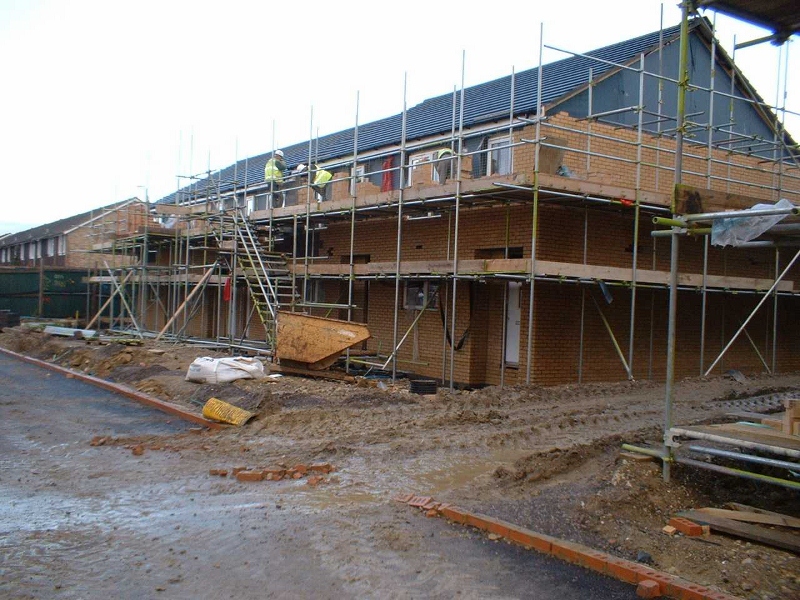Housing has recently become one of the most controversial issues in British politics. The Government has recommitted to its target of building 300,000 homes per year. But it has also promised to do more to give local communities control over the planning process.
A new report by the Centre for Policy Studies examines the leading options for abolishing or weakening ‘top-down targets’, and their likely impact on the housing system. These range from reducing the power of the Planning Inspectorate to allowing local authorities to fix their own housing need.
The paper warns that three of the proposed policies in particular would do ‘serious damage’ to housebuilding and the housing sector – at precisely the time when the economic downturn and rising interest rates are already endangering the 300,000 homes per year target and the health of the sector. These were cutting housing targets on greenfield sites in favour of brownfield sites; scrapping the 5-year land supply test; and giving councils the ability to assess their own housing needs.

Two other measures were found to have a more manageable impact, namely guaranteeing that approved local plans are treated as up to date for a specified period, and reducing the power of the Planning Inspectorate to throw out local plans that are close to meeting their targets.
The paper accepts that top-down targets have been much resented, and agrees that in the long term it is right that the Government should aim to deliver homes in more consensual ways. However, it warns that removing them without developing credible alternatives could lead to a 20% fall in housebuilding, with some estimates as high as 40%. A 20% slump could see as many as 800,000 job losses in construction and related sectors.
The report, co-authored by Alex Morton and Samuel Hughes, the CPS’s new Head of Housing, proposes a number of alternative options to help garner local support for developments:
- Street votes
- More control over design and layout to local people
- Supporting SME builders
- Ensuring faster build-out on sites
- Potentially limiting the required land supply to five or 10 years
Samuel Hughes, CPS Head of Housing, said: “Instead of scrapping top-down targets, the Government should look at ways in which it can mitigate their inflexibility, as well as addressing other unpopular features of the housebuilding system.
“Whatever happens, the structure of any new system needs to be put in place before the existing system is torn down, else we could see fewer homes, job losses and a blow to SMEs just when the country can least afford it.”




















